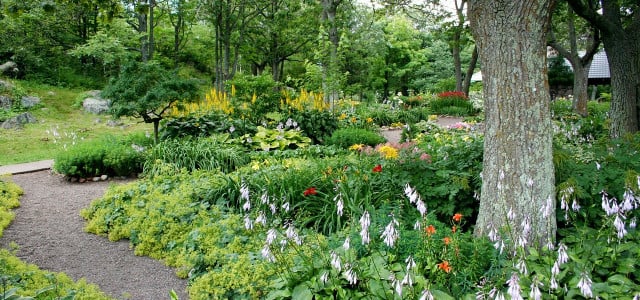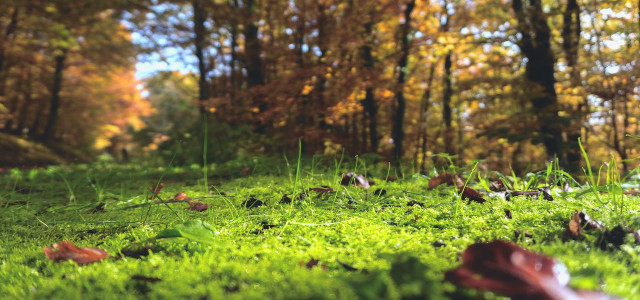Tired of pouring so much time, effort, money, and fertilizer into maintaining your perfect lawn? Natural lawns might be the sustainable and low maintenance solution.
With the threat of climate change and looming droughts, natural lawns have become more popular as alternatives to grass lawns. While grass lawns are often monocultures watered and mowed to perfection, natural lawns are more varied. They might feature typical grass lawns allowed to grow wild, controlled ground covers, or native plants and shrubs to provide a habitat for insects.
Why Do We Have Grass Lawns?
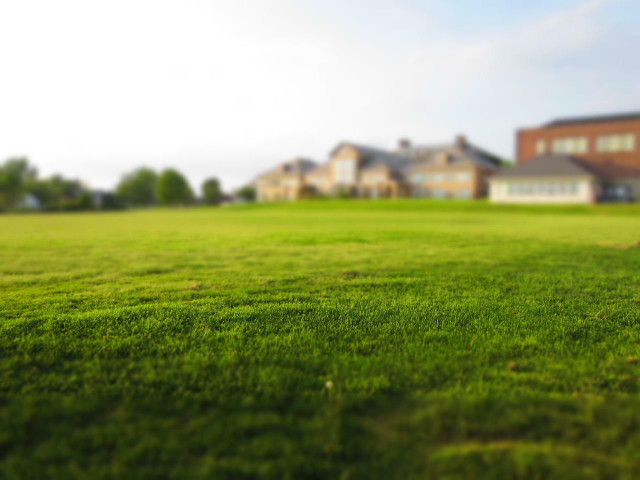


(Foto: CC0 / Pixabay / freenaturestock)
Although lawns may seem as American as apple pie, their origins lie in Europe. Wealthy landowners often had grass lawns as a sign of status: they were labor intensive, allowed for leisure activity, and were far easier to monitor for intruders. This ideal was imported into American town parks in 1800s, which were often modeled after posh British estates. Residential turf lawns then became ubiquitous in the 1950s when homeownership soared, families began moving into suburbs, lawn mowers became accessible, and a tidy lawn became a symbol of success.
Grass Lawns vs. Natural Lawns
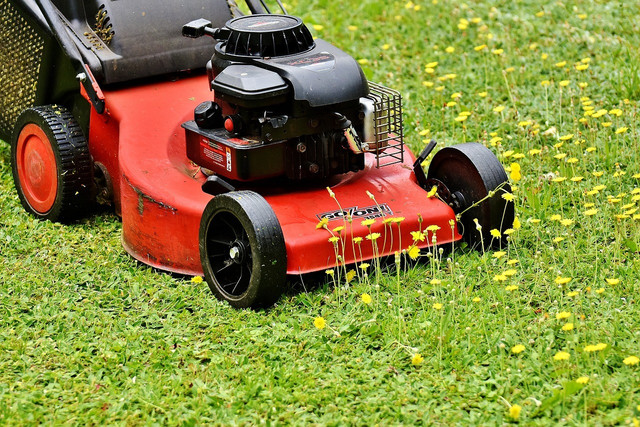


(Foto: CC0 / Pixabay / Alexas_Fotos)
Natural lawns can come in many varieties: rock gardens covered in gravel, native grasses that tolerate foot traffic, vegetable gardens, or simply a no-maintenance grass lawn. The unifying characteristic is that natural lawns use a variety of different plants to eliminate extra watering and care. Here are some big differences between turf grass and natural lawns:
- Water Usage: Turf lawns are water guzzlers, with the EPA estimating that as much as thirty percent of all residential water goes into landscape watering. Natural lawns of native plants would meanwhile require little to no additional water. A study of lawn replacement in Los Angeles found that the average household saved 24.6 gallons of water per square foot annually; that’s 28,000 gallons per lawn.
- Energy Usage: Mowing and maintaining a green lawn takes a lot fuel. The average US household uses about five gallons of gasoline each year to mow their lawn. Additional energy costs of producing and transporting water, lawn equipment, and fertilizers also add up.
- Native Species: Most turf grass species are native to Europe and are poorly adapted to the hotter and drier climate in much of the USA. Native plants are used to these conditions, require no special care, and often provide food or habitat to native wildlife as well.
- Biodiversity: Turf lawns consist only of a few species of grass that often provide little to support wildlife. Natural lawns meanwhile have a wide variety of plant types which can attract a variety of different insects or birds. Pollinators in particular will love the flowers of natural lawns since turf grass is normally cut short before flowering.
- Maintenance: Grass requires time, effort, and money to maintain. Natural lawns can thrive on neglect and often require little other than the initial planting.
- Pollution: it isn’t just the smoke emissions of mowers, many grass lawns often require fertilizer, herbicide, and pesticide. These can leach into the soil and eventually into waterways as runoff. Natural lawns avoid this possibility since no chemicals are needed.
- Function: The soft carpet of turf grass is well suited to recreation, but many natural lawns can only be ornamental due to their variety of different plant types and sizes. Native grasses such as buffalo grass or Pennsylvania Sedge can be viable replacements for non-native lawns.
How To Start a More Natural Lawn
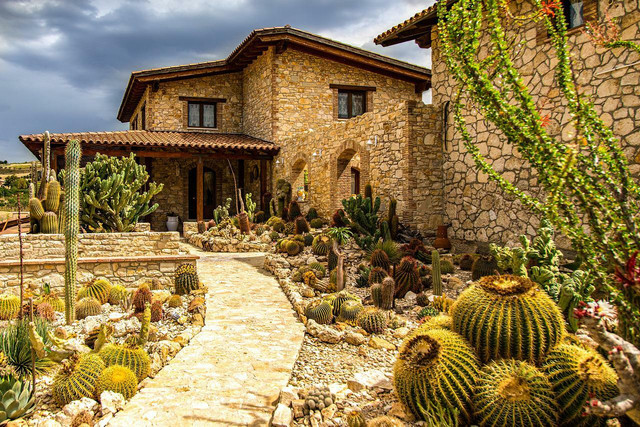


(Foto: CC0 / Pixabay / darkeyed)
Starting a natural lawn need not be an all-or-nothing endeavor: you can start small to minimize the negative impacts of your grass lawn:
- Plant a garden: whether a flower or vegetable garden, gardens replace a significant portion of lawn with plants that attract insects, provide food, and add some beauty.
- Use native alternatives: The possibilities are as endless as the plants themselves. Plant trees or shrubs to absorb carbon, provide a habitat for birds, and create shade. Try native gardening for wildlife to convert swaths of your lawn into a bee-friendly wildflower meadow or a butterfly sanctuary.
- Use a ground cover: Plants for ground cover are low maintenance and can spread to cover as much or a little as you want. Plant them on hills, near trees, or as borders around fences or walkways.
- Let it go wild: Instead of replacing your lawn, you can simply leave it alone to grow. Untended lawns that grow wild can become havens for beneficial insects, but be careful to monitor in case invasive plants such as Japanese knotweed try to colonize your yard.
- Go low maintenance: If replacing your entire lawn is too extreme, then go low maintenance. Avoid using sprinklers, pesticides, or herbicides, mow less often, and try leaving the grass clippings to decompose on the grass. Research by the UDSA Forest Service suggests mowing every two weeks is the sweet spot for allowing flowers to bloom and attracting bees.
- Consider the Climate: If you live in a rainy area, then consider growing a rain garden or even an artificial pond to collect water. If your area is dry, try xeriscaping: eliminate the need for watering by planting drought-resistant cacti or succulents.
Read more:
- Peat Moss for Lawns & Gardening: Pros and Cons
- Concorde Barberry: Planting Tips for the Non-Invasive Barberry
- How to Add Nitrogen to Soil: 8 Cheap & Easy Methods
Do you like this post?






